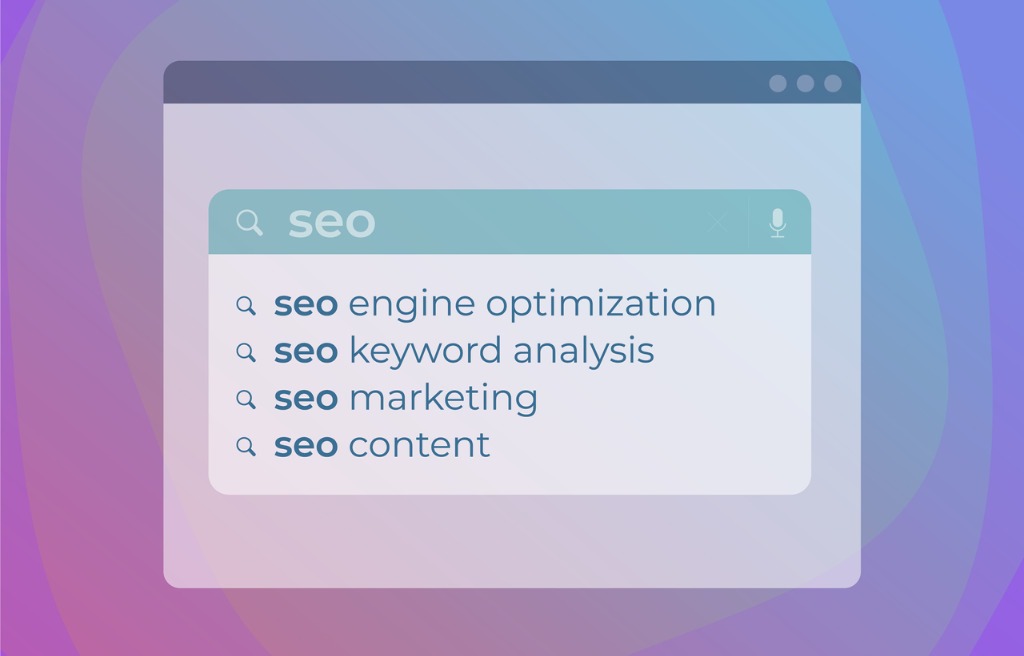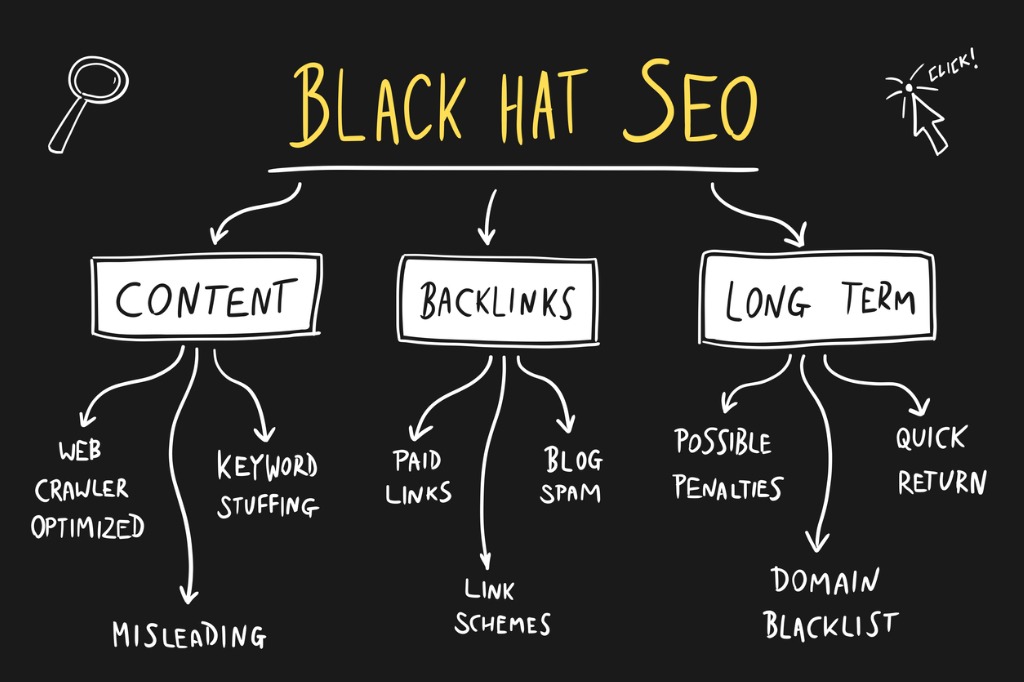How to Rank Your Website on Google – SEO Guidelines For Beginners
Most online experiences begin with a search engine. In fact, 93% of them start with users typing keywords (Forbes). On Google, 50% of searches end without a click, according to Search Engine Land. To increase visibility, search engine optimization or SEO is the most affordable way. All you have to keep in mind is that SEO best practices keep changing. You can always update your knowledge with the best resources to learn SEO. But the basic principles do not change. So, start with this article on how to rank your website on Google with SEO guidelines for beginners.
Today you’ll explore
How to Rank Your Website on Google With SEO Guidelines
Without online visibility, there is little to no chance for business growth. Especially with the current lockdown situation when consumers prefer digital-first experiences – from shopping to education. Since Google has the largest search engine market share, it is ideal that you know the fundamentals behind Google rankings.
How Does Google Get Websites To Rank?
Right off the bat, know that Google provides the most relevant answers to users’ queries. A higher position in the search results indicates the authority of the page with the topic you search for.
Now, let’s delve a little deeper.
Indexing and Crawling
All web pages in Google’s directory stay in its index. It comprises the information of the specific page of a website and the URL. The process that goes behind looking for web pages on Google is crawling. This search engine uses crawlers that go by the term, Googlebots. The more you add or update content on your website, the more will these crawlers visit and index them.
Search-Based Algorithms
The way that the ranking system of Google works is by sorting through thousands of indexed pages. So, how does Google do that in a matter of seconds? In fact, there are various search based algorithms (210 to be precise!) at play here to give users what they are looking for. These algorithms rank websites based on
- Keywords that users type
- Whether or not the topic is relevant to the keyword
- The expertise of content
- Location
- Topicality and freshness
- Page usability
- Page dwell time
- Bounce Rate
- User retention
Then you have to consider Google’s Search Quality Ratings, which are available to the public eye. These are rigorously tested guidelines to ensure the best relevance and quality of results. That’s why SEO experts leverage most of the ranking algorithms to increase organic traffic.
Top SEO Guidelines For Beginners
Before jumping on to the SEO guidelines, do check out Google’s Webmaster Guidelines on Google Search Central for creating your own website. Because they will be useful during your SEO learning journey in the advanced stages. Some of the best practices for creating Google-friendly websites are available in categories such as
- General Guidelines – These show how to keep a clean URL structure, avoid duplicate content, etc.
- Content-Specific Guidelines – They centre around the user experience which includes page speed, image quality and more.
- Quality Guidelines – These guidelines highlight the things you should avoid on your site. Some examples include irrelevant keywords, automatically generated content, etc.
Here are the top SEO Guidelines that you should know as a beginner.
Research Relevant Keywords
When it comes to optimising pages, do keyword research first. And, you will find many free keyword research tools including Google Keyword Planner. If you are new to SEO, learn about types of keywords – short tail and long tail. Even when you do not have a free Google Keyword Planner account, you can always do a query search on Google and see the list of related keywords.
Or you can visit sites such as Quora and Answer the Public to get more keyword ideas. It is also important that you learn about keyword volume. A high keyword search volume may not get you results as fast as keywords with relatively lower searches.
Avoid Keyword Stuffing But Use Them At Relevant Places
Google considers it a complete ‘no-no’ for stuffed keywords. Because they don’t help your readers. You may get a Google penalty for doing so. And, this practice falls under Black Hat SEO. In a nutshell, the lesser shortcuts you take the greater the reward is with SEO.
So, when it comes to placing keywords wisely, use them on the following.
- URL
- Title
- Headline
- Subheads
- Within the text that flows naturally and contextually
- On images (i.e under Alt Text on WordPress)
Hyperlinking And Regularly Updating Pages
Chances are you have a backlog of previously written content. What you can do is make your page technically sound by linking to your older existing pages. It is a great practice for growing visibility and authority. Another great SEO best practice that you should not avoid is updating your previous content. As topicality matters for Google, try giving your older content a new spin to help users find fresh information.
Focus on Quality Every Time
There is no point in writing a long post that has thin research, even though long-form content is the buzzword in content marketing. Do not ignore indirect Google ranking factors such as E-A-T (Expertise, Authoritativeness and Expertise) and Y-M-Y-L (Your Money or Your Life). The thing is, these algorithm updates on Google exist for providing users with the most authentic results for their queries.
Image Optimisation and Page Speed
User experience in any form or medium is vital for SEO. Likewise, image optimisation is essential to consider. Think of it this way – when image sizes are heavier, your page would take a longer time to load. This will frustrate the reader and make them visit another page, which is detrimental to SEO. So when you place images on pages, use free image compression tools and ideally choose JPGs over PNG or heavier formats.
Best-suited Digital Marketing courses for you
Learn Digital Marketing with these high-rated online courses
Parting Thoughts
An average consumer makes a decision by reading reviews for 13 minutes and 45 seconds (BrightLocal). If your online business is struggling with ranking on Google’s first page, start utilising SEO. So apply these basic SEO guidelines so that you are sure about how to rank website.
_______________
Recently completed any professional course/certification from the market? Tell us what you liked or disliked in the course for more curated content.
Click here to submit its review with Shiksha Online.

Aquib is a seasoned wordsmith, having penned countless blogs for Indian and international brands. These days, he's all about digital marketing and core management subjects - not to mention his unwavering commitment ... Read Full Bio





